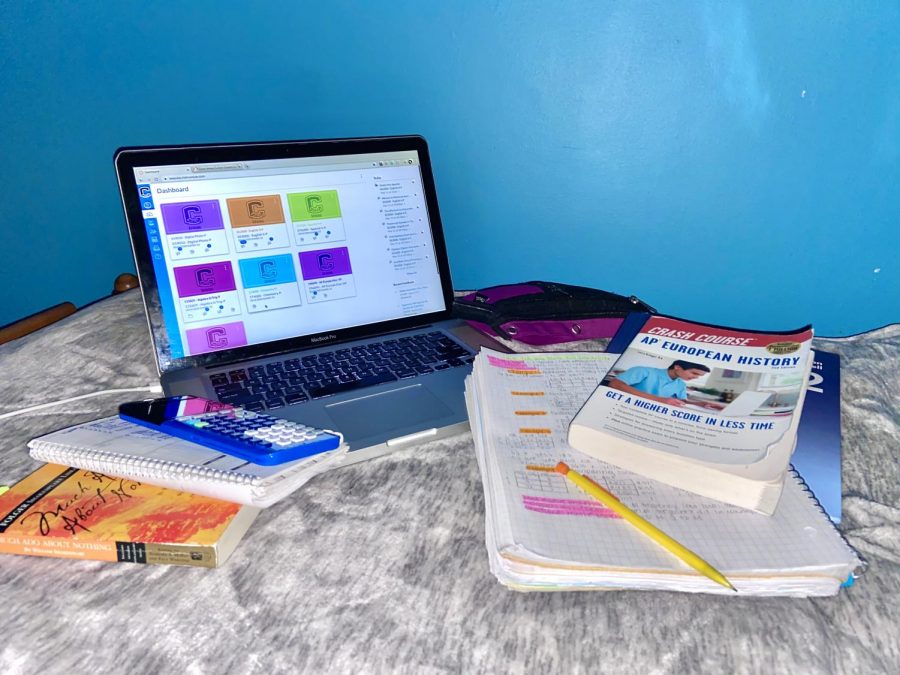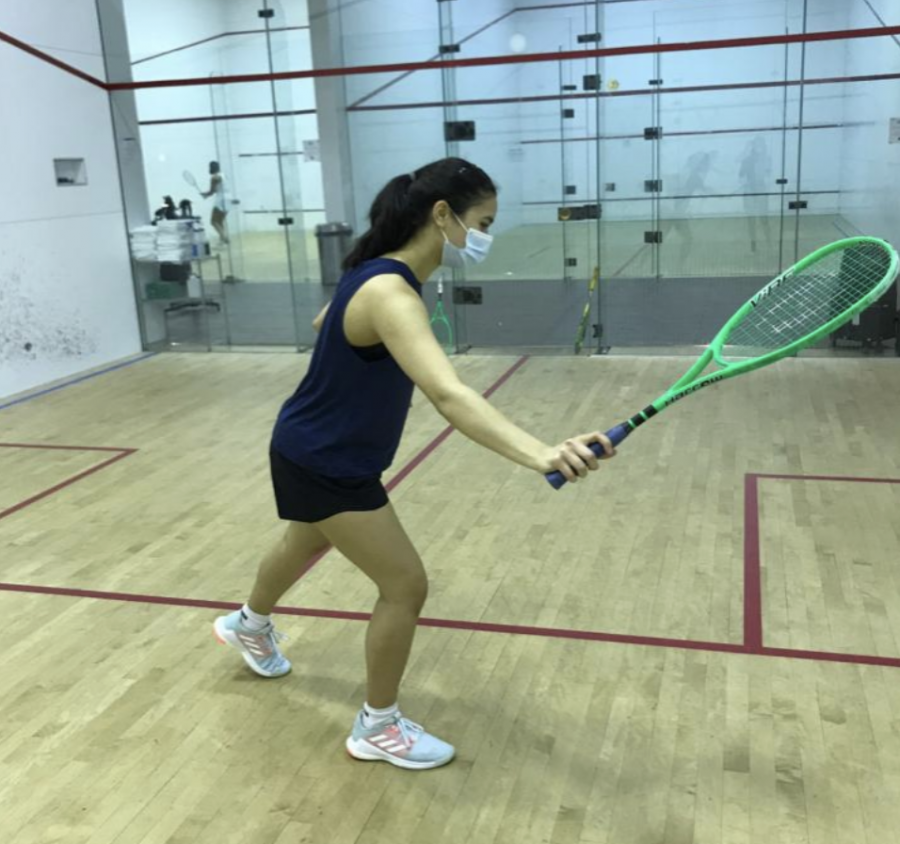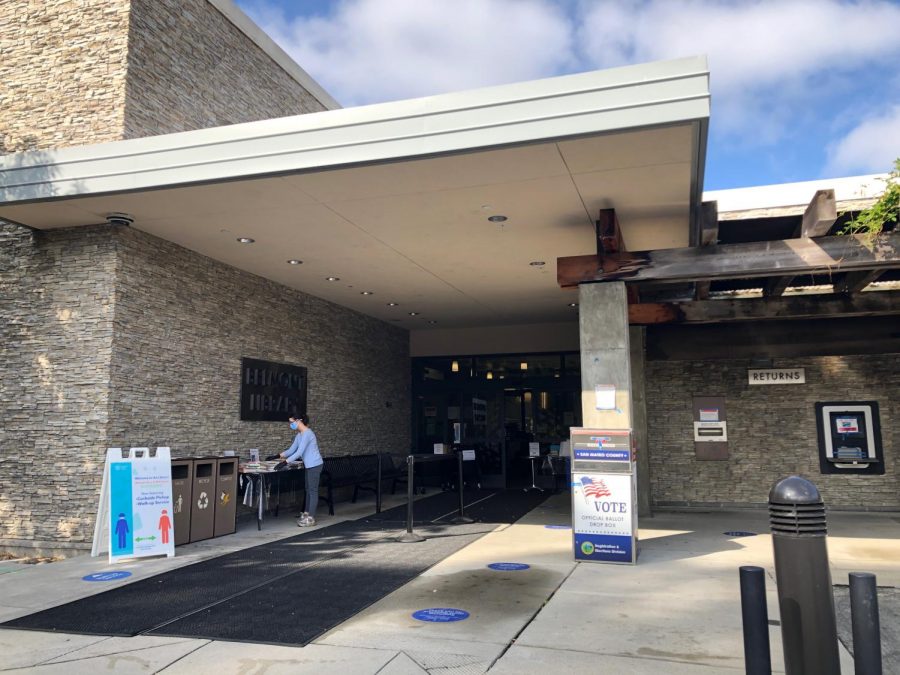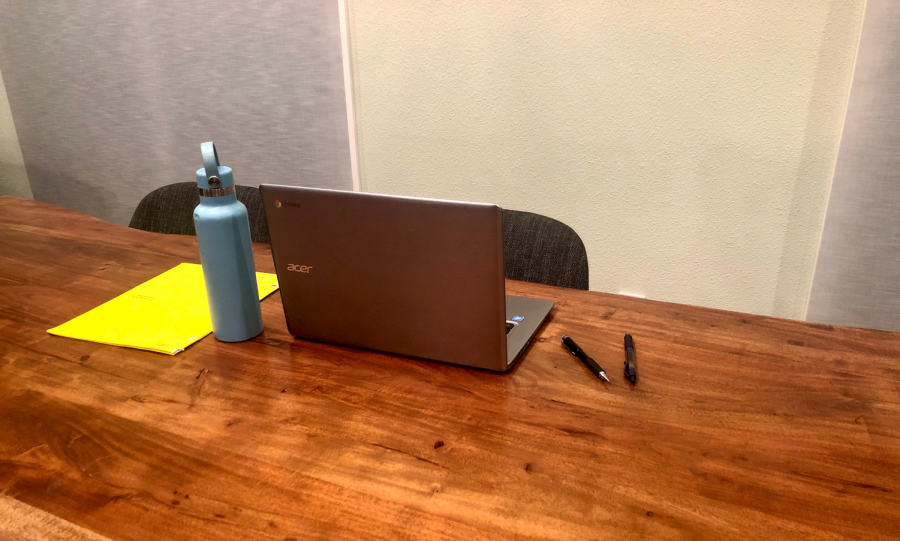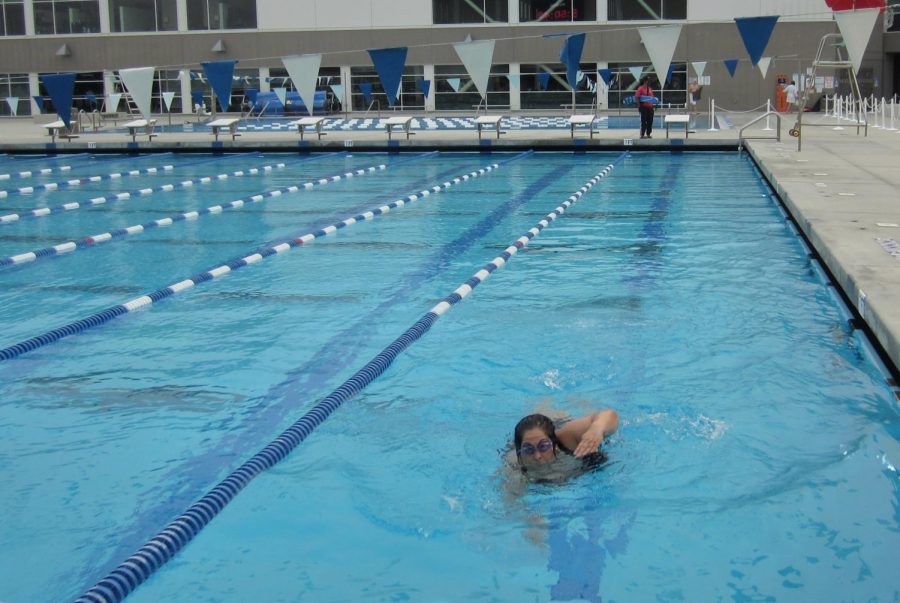On March 16, the first day of distance learning, Carlmont students opened their eyes to rooms full of sunlight, likely feeling refreshed from a good night’s rest and the option to sleep-in.
After transitioning to distance learning, many students can now learn from home at their own pace. However, students can often find self-managing troubling, as their procrastination can get the best of them.
Cole Gunning, a sophomore, finds that without a set schedule, he tends to mismanage his time easily. To combat his procrastination, he sections off time for specific subjects and puts his distractions away.
“I start by finding my assignments for each class and writing down what I have to complete, and then I get started immediately,” Gunning said.
Teachers have been utilizing Canvas to post assignments in various ways; through announcements, agendas, modules, and assignments.
However, many students have found it challenging to keep track of everything because each teacher posts their work differently. Some will announce the work, while others expect the student to find it on their own.
Despite the hardships of this new online learning, students have begun to adapt to the change and entered their second week slightly more prepared. Mia Messina, a junior, created a schedule to help manage her time better and learn the material more efficiently.
“I think a schedule is helpful to make sure you get in the amount of learning you need, but understanding the content is still challenging without a teacher,” Messina said.
Many students have found that without the help of a teacher, they don’t fully grasp the concepts. Even extra resources don’t quite match the level of understanding a teacher can provide for students.
Online learning does have its benefits for some. It provides the same material but leaves room for students’ pacing and preferred methods. According to The New York Times, the group of students who most benefit are usually proficient in typical school methods as well.
This is mainly because of the high levels of self-determination, regulation, and organization needed to take a class without a teacher physically present, which many high schoolers are not capable of yet.
A study conducted within Chicago schools by Taylor Francis compared face-to-face learning and online learning for students who had failed algebra and were assigned to recovery courses, either online or in-person. The study found that the students in the online classes learned much less than those taught face-to-face.
Comparatively, students with more reliable learning capabilities tend to have more success with advanced online courses than a lower-level traditional math class, according to a study conducted in Maine and Vermont by the U.S. Department of Education.
Ralph Crame, Carlmont’s principal, believes that distance learning can be tough for students, so he is working closely with all of the teachers to make sure they provide as much help as they can.
“It has been hard for the teachers too, they need support and training to help ease the transition, and we have been providing tools to help,” Crame said.
Not only have teachers and staff been offering support, but students have also received an enormous amount of understanding from the College Board. So far, the AP tests have been moved online and changed explicitly for each subject. The College Board has also begun providing live classes for each of their AP courses from 9 a.m. to 6:45 p.m. ET.
The live courses are designed to review the material removed from the exam due to school closures in the first week, then to begin a review of the content and skills that will be tested.
While a majority of the country seems to be adapting to at-home distance learning, another issue lies in the realm of equity. Within many schools, some students don’t have access to wifi or computers to complete their work.
“We have Chromebooks and wifi hotspots for students who need them and for teachers to teach remotely. Students can email or call the school, and then pick up the needed materials,” Crame said.
Through this global pandemic, Crame and the rest of Carlmont’s staff aim to resolve the issues with at-home distance learning in hopes that it can be used in the future if similar circumstances arise.
All in all, online learning has its challenges and benefits, but staff and students are both working to improve the system and adapt to the new online schooling.
“Even though this new method for learning is confusing and tough for a lot of students to handle, they’re going to gain new self-regulation and time-management skills that will help prepare them for their futures,” Crame said.

